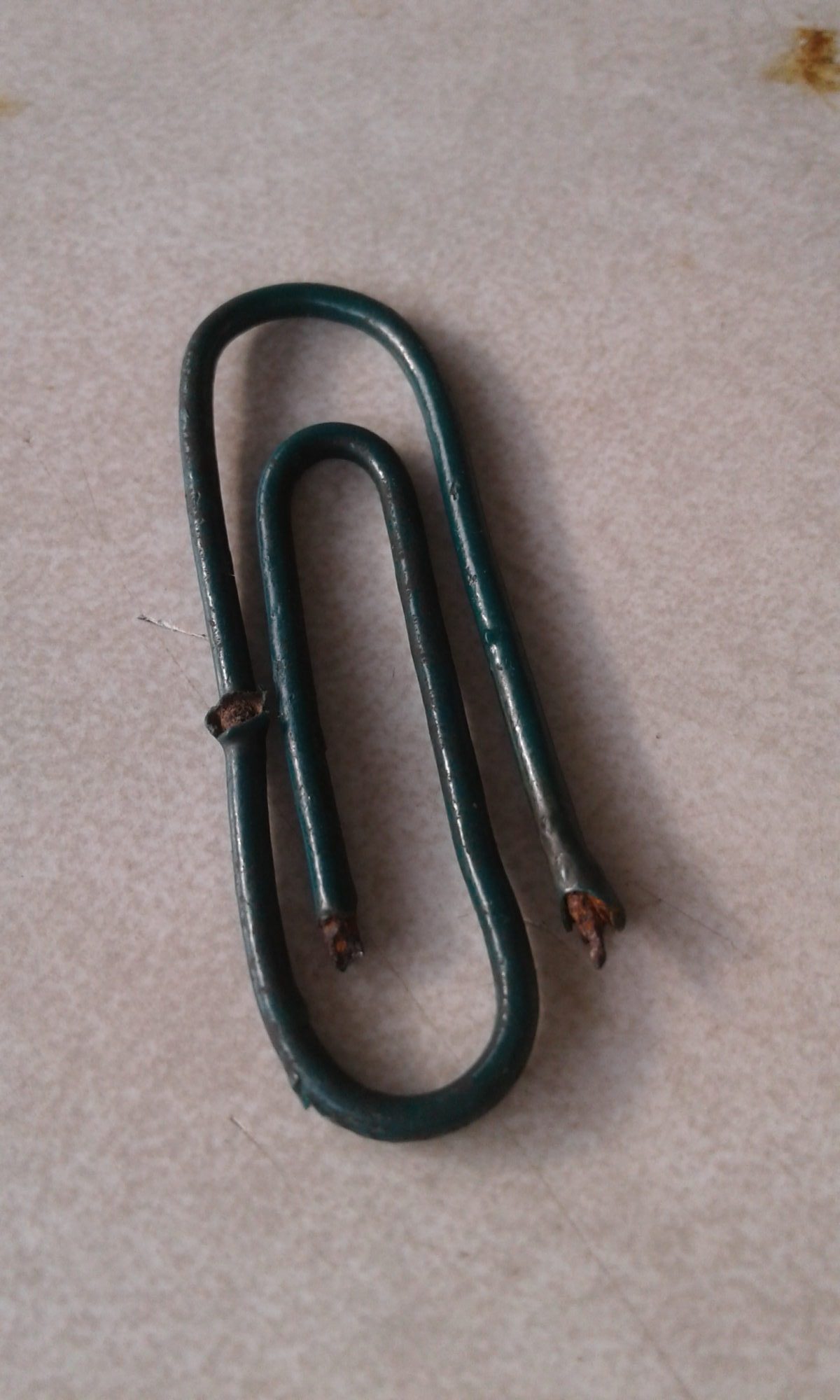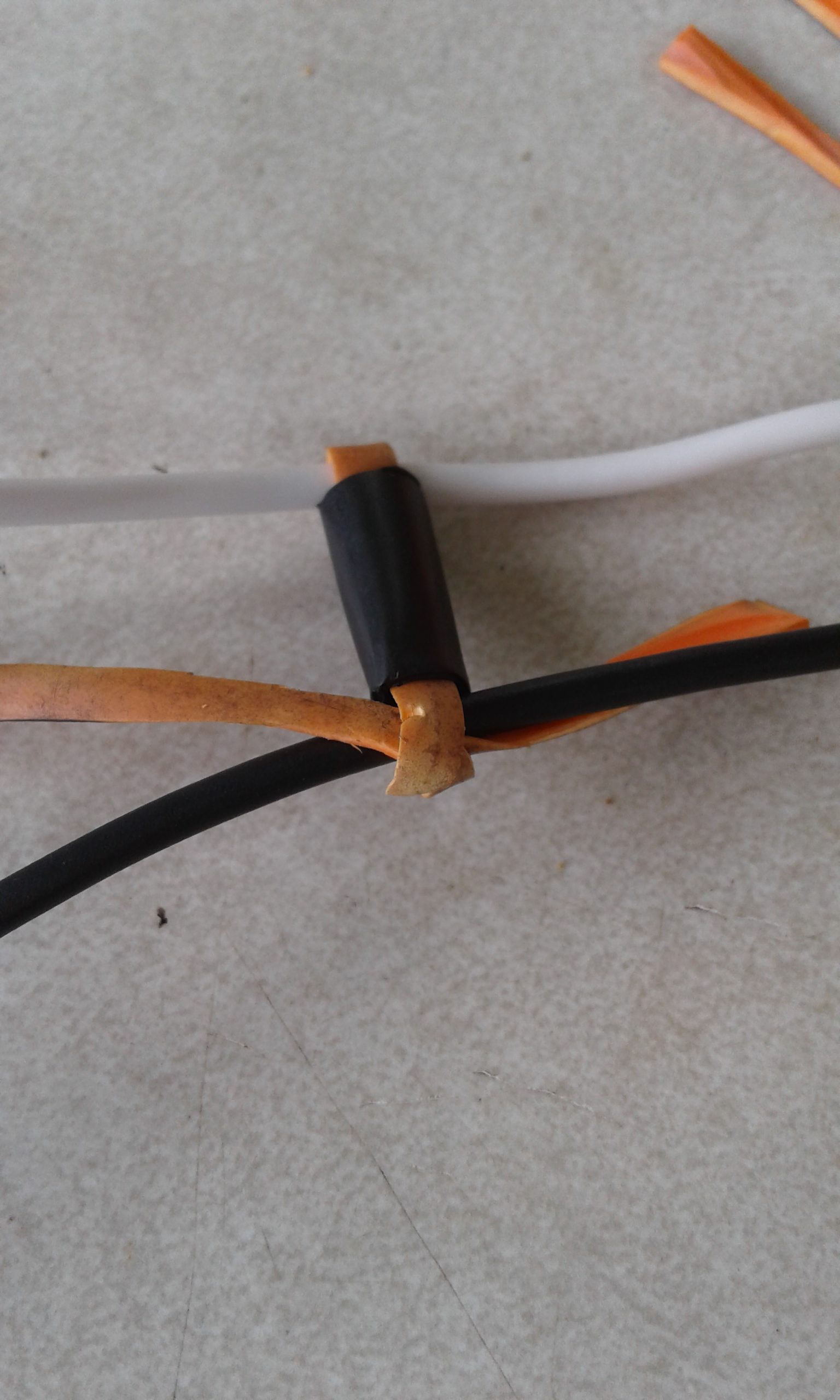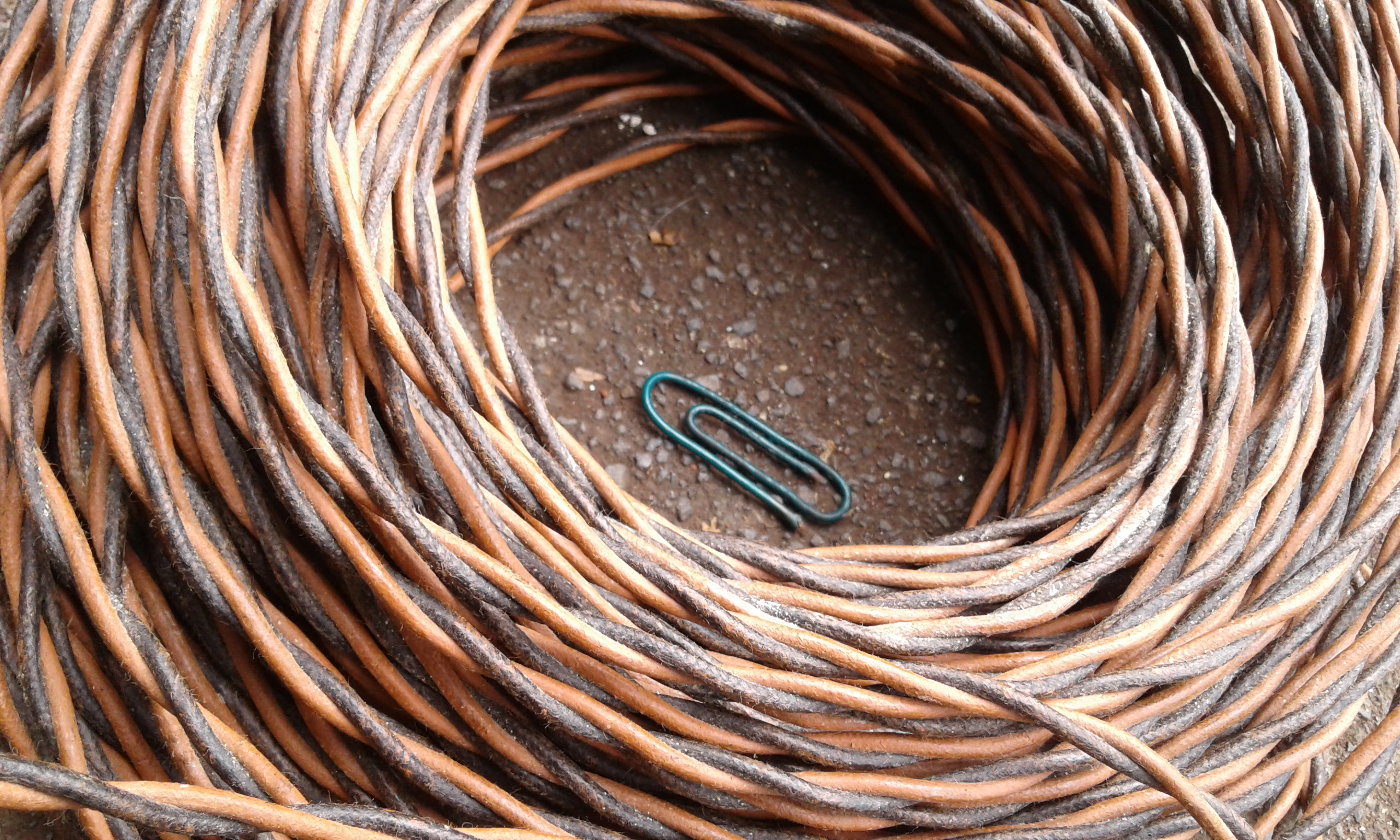Σε αυτό το άρθρο, θα εξερευνήσουμε πώς να κάνετε το πρώτο σας ποντάρισμα στο 5gringo καζίνο με αυτοπεποίθηση. Θα μοιραστούμε συμβουλές και στρατηγικές που θα σας βοηθήσουν να κατανοήσετε τη διαδικασία και να αισθανθείτε άνετα σε αυτήν την εμπειρία. Από την εγγραφή σας μέχρι την επιλογή παιχνιδιών, όλα θα καλυφθούν με προσωπικές παρατηρήσεις και πρακτικά παραδείγματα.
- Πώς να δημιουργήσετε έναν λογαριασμό στο 5gringo καζίνο
- Επιλογή του κατάλληλου παιχνιδιού για το πρώτο σας ποντάρισμα
- Κατανόηση των όρων και προϋποθέσεων του 5gringo καζίνο
- Στρατηγικές για να αυξήσετε τις πιθανότητες νίκης σας
- Πώς να διαχειριστείτε το bankroll σας στο 5gringo καζίνο
- Συχνές ερωτήσεις για το καζίνο 5gringo
Πώς να δημιουργήσετε έναν λογαριασμό στο 5gringo καζίνο
Η διαδικασία εγγραφής στο 5gringo καζίνο είναι απλή και γρήγορη. Αρχικά, επισκεφθείτε την ιστοσελίδα του καζίνο και αναζητήστε την επιλογή “Εγγραφή”. Θα σας ζητηθεί να συμπληρώσετε κάποια βασικά στοιχεία, όπως το όνομά σας, τη διεύθυνση email σας και έναν ασφαλή κωδικό πρόσβασης. Η διαδικασία αυτή είναι σημαντική για να μπορέσετε να κάνετε το 5gringo login αργότερα και να απολαύσετε όλα τα διαθέσιμα παιχνίδια.
Αφού συμπληρώσετε τα στοιχεία σας, θα λάβετε μια επιβεβαίωση μέσω email. Αυτό είναι ένα βήμα που δεν πρέπει να παραλείψετε, καθώς η επιβεβαίωση της διεύθυνσης email σας είναι απαραίτητη για την ολοκλήρωση της εγγραφής σας. Μην ξεχάσετε να ελέγξετε και το φάκελο ανεπιθύμητης αλληλογραφίας, αν δεν δείτε το email στην κύρια inbox σας.
Επιλογή του κατάλληλου παιχνιδιού για το πρώτο σας ποντάρισμα
Στο 5gringo καζίνο, η ποικιλία παιχνιδιών είναι τεράστια. Αυτό μπορεί να είναι λίγο αποθαρρυντικό για έναν νέο παίκτη, αλλά είναι σημαντικό να επιλέξετε ένα παιχνίδι που σας ταιριάζει. Αν είστε αρχάριος, καλό είναι να ξεκινήσετε με παιχνίδια όπως το blackjack ή το ρουλέτα, που έχουν απλούς κανόνες και είναι πιο εύκολα κατανοητά. Επίσης, μπορείτε να δοκιμάσετε τα φρουτάκια, τα οποία είναι διασκεδαστικά και προσφέρουν μεγάλες νίκες.
Μην ξεχνάτε ότι ορισμένα παιχνίδια προσφέρουν καλύτερες πιθανότητες νίκης από άλλα. Για παράδειγμα, το blackjack έχει μία από τις καλύτερες αποδόσεις για τους παίκτες, ενώ τα φρουτάκια μπορεί να έχουν υψηλότερες διακυμάνσεις. Μπορείτε να κάνετε μια έρευνα για τα διαθέσιμα παιχνίδια στο 5gringos casino και να δείτε ποια σας ενδιαφέρουν περισσότερο.
Κατανόηση των όρων και προϋποθέσεων του 5gringo καζίνο
Πριν κάνετε το πρώτο σας ποντάρισμα, είναι καθοριστικό να κατανοήσετε τους όρους και τις προϋποθέσεις του 5gringo καζίνο. Αυτές οι πληροφορίες μπορεί να φαίνονται βαρετές, αλλά είναι απαραίτητες για να αποφύγετε τυχόν παγίδες αργότερα. Κάθε καζίνο έχει τους δικούς του κανόνες σχετικά με τις αναλήψεις, τις καταθέσεις και τις προσφορές μπόνους, γι’ αυτό βεβαιωθείτε ότι έχετε διαβάσει προσεκτικά.
Για παράδειγμα, μπορεί να υπάρχουν απαιτήσεις στοιχηματισμού που πρέπει να πληροίτε για να μπορέσετε να αποσύρετε τα κέρδη σας από ένα μπόνους. Αυτό σημαίνει ότι πρέπει να στοιχηματίσετε ένα συγκεκριμένο ποσό πριν μπορέσετε να κάνετε ανάληψη. Επίσης, βεβαιωθείτε ότι γνωρίζετε ποια παιχνίδια συμβάλλουν στις απαιτήσεις στοιχηματισμού, καθώς όχι όλα τα παιχνίδια είναι ίσα.
Στρατηγικές για να αυξήσετε τις πιθανότητες νίκης σας
Αφού γνωρίσετε τα παιχνίδια και τους κανόνες, είναι ώρα να σκεφτείτε στρατηγικές που μπορούν να σας βοηθήσουν να αυξήσετε τις πιθανότητές σας για νίκη. Ένας καλός τρόπος είναι να ξεκινήσετε με μικρά πονταρίσματα και να παρακολουθείτε πώς εξελίσσεται το παιχνίδι. Αυτό σας επιτρέπει να κατανοήσετε καλύτερα τη δυναμική του παιχνιδιού και να προσαρμόσετε την προσέγγισή σας ανάλογα.
Μια άλλη στρατηγική είναι να παρακολουθείτε τις τάσεις των παιχνιδιών. Για παράδειγμα, αν παίζετε ρουλέτα, μπορείτε να παρατηρήσετε αν κάποιο χρώμα ή αριθμός βγαίνει πιο συχνά. Αν και δεν υπάρχουν εγγυήσεις, κάποιες φορές οι παίκτες παρατηρούν μοτίβα που μπορούν να τους βοηθήσουν. Κρατήστε πάντα στο μυαλό σας ότι ο τζόγος είναι διασκέδαση και οι στρατηγικές δεν μπορούν να εγγυηθούν νίκες.
Πώς να διαχειριστείτε το bankroll σας στο 5gringo καζίνο
Η διαχείριση του bankroll σας είναι κρίσιμη για την επιτυχία σας στο 5gringo καζίνο. Είναι εύκολο να παρασυρθείτε και να ξοδέψετε περισσότερα από όσα μπορείτε να αντέξετε. Ένας καλός κανόνας είναι να ορίσετε έναν προϋπολογισμό πριν ξεκινήσετε το παιχνίδι. Αφιερώστε ένα συγκεκριμένο ποσό χρημάτων που είστε διατεθειμένοι να χάσετε και τηρήστε το αυστηρά.
| Κατηγορία Παιχνιδιού | Συνιστώμενο Ποντάρισμα | Πιθανότητα Νίκης |
|---|---|---|
| Roulette | 1-5€ | 49.3% |
| Blackjack | 5-10€ | 99.5% |
| Slots | 0.10-2€ | 85-95% |
Μην ξεχνάτε να παρακολουθείτε το ποντάρισμά σας και να κάνετε προσαρμογές ανάλογα με την πορεία του παιχνιδιού. Αν δείτε ότι κερδίζετε, μπορεί να θέλετε να αυξήσετε τα πονταρίσματά σας, αλλά αν χάσετε, είναι καλύτερα να επανέλθετε στο αρχικό σας ποντάρισμα. Με αυτόν τον τρόπο, θα προστατεύσετε τα κέρδη σας και θα ελαχιστοποιήσετε τις απώλειές σας.
Συχνές ερωτήσεις για το καζίνο 5gringo
- Πώς μπορώ να κάνω 5gringo login;
- Ποιες είναι οι καλύτερες προσφορές του 5gringo καζίνο;
- Υπάρχουν διαθέσιμες εφαρμογές για το 5gringos καζίνο;
- Ποιες μέθοδοι κατάθεσης υποστηρίζονται από το καζίνο 5gringo;
- Μπορώ να παίξω δωρεάν παιχνίδια στο 5gringo καζίνο;
Ελπίζω αυτές οι πληροφορίες να σας βοηθήσουν να κάνετε το πρώτο σας ποντάρισμα στο 5gringo καζίνο με αυτοπεποίθηση. Θυμηθείτε, το πιο σημαντικό είναι να διασκεδάζετε και να παίζετε υπεύθυνα. Καλή τύχη!


